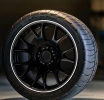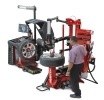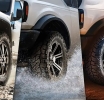More Efficient, Less Polluting Tires Are Essential for Electric Vehicles, Says ENSO
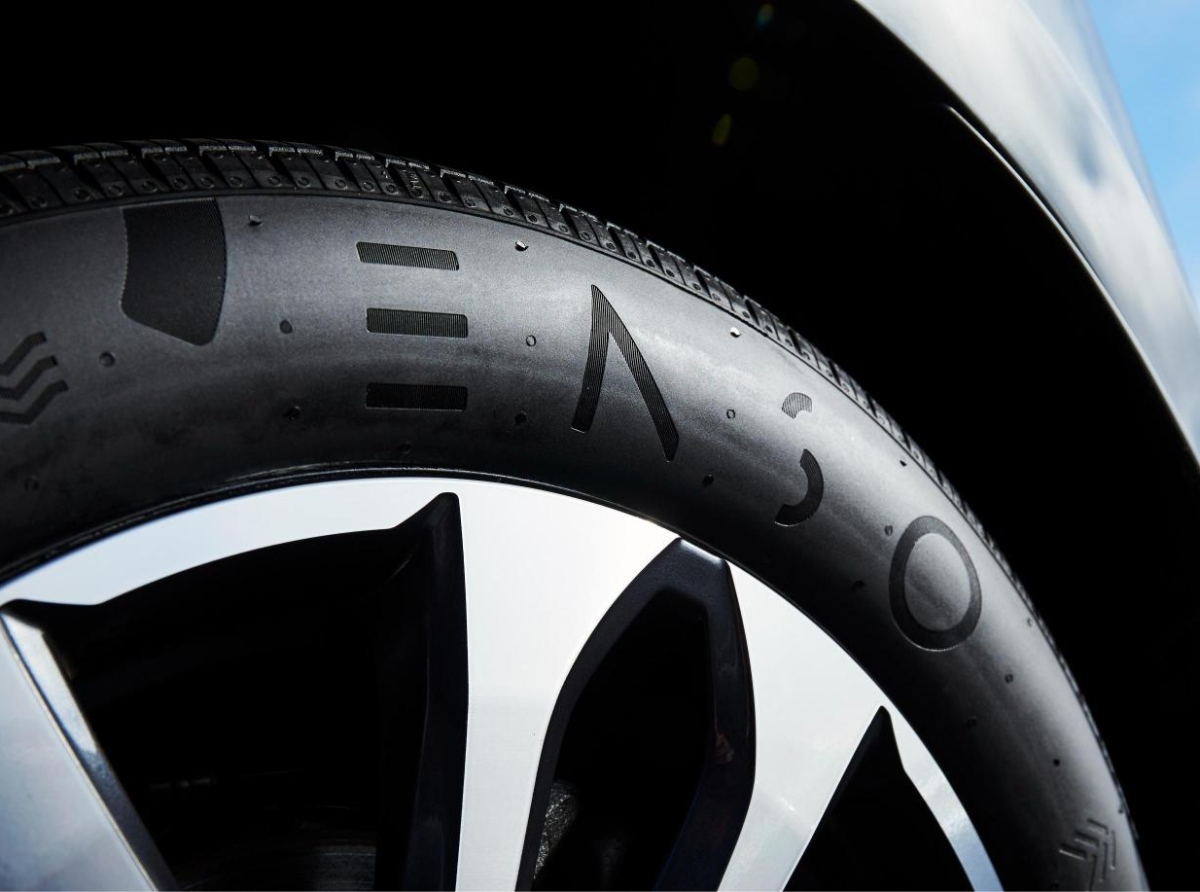
It’s indisputable that electric vehicles (EVs) produce no direct tailpipe emissions since they have no exhaust. Some argue that EVs generate more brake dust, but this claim doesn’t hold up because EVs use regenerative braking, significantly reducing brake-pad wear. However, their higher weight and greater torque lead to increased tire wear.
According to Gunnlaugur Erlendsson, founder and CEO of ENSO, a company specializing in EV tires, tire wear is a major environmental concern even without EVs. He cites studies by DEFRA and Imperial College, as well as data from Michelin and Goodyear, which show a 20% to 50% increase in tire wear on EVs. That wear contributes to air pollution and microplastics.
ENSO was founded to address these environmental impacts. Erlendsson believes that while no tire lasts forever, tire design can be greatly improved. Automakers can also reduce tire wear by producing lighter vehicles, limiting torque, or optimizing tire size. However, the aftermarket escapes all control. Once a vehicle is sold, nothing guarantees that replacement tires will perform as well as the originals.
Currently, global tire regulations focus on safety rather than the environment. While the automotive industry is moving toward greater sustainability, the tire sector has not kept pace. Manufacturers make little profit on OEM tire sales but earn much more in the aftermarket. Their business model thus depends on high unit volume, which doesn’t incentivize the production of durable tires.
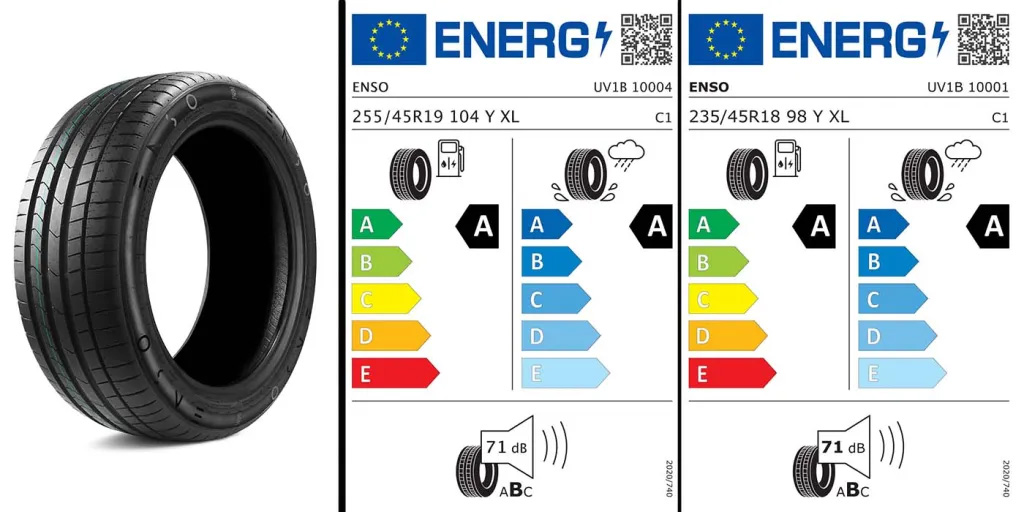
To circumvent this issue, ENSO sells directly to consumers and relies on its environmental commitments. The company is the only one in the sector to hold B Corp certification. Yet half of global tire sales occur through independent resellers, often online, limiting manufacturers’ influence on product quality.
With EVs, the tire market is changing drastically. For example, a Mercedes-E Class can come with 30 different tire sizes, whereas a Tesla offers only three. Moving from an 18-inch to a 20-inch tire can reduce range by up to 10%, or more. Unlike internal-combustion vehicles, EVs are extremely sensitive to tire efficiency. A gain or loss has three times the impact because EVs already achieve up to 90% energy efficiency compared to 30% for a combustion engine.
This sensitivity also explains why high speeds or towing reduce an EV’s range more dramatically. For Erlendsson, making tires as efficient as possible is crucial. Tests with DPD and Royal Mail in London showed that ENSO tires could improve EV range by 10%, offsetting their initial cost.
Despite efforts by some major manufacturers, EV tires are often rebadged versions of existing models.
Erlendsson advocates for a global reduction in tire production, from two billion to one billion annually through innovation.
However, that vision faces economic barriers: more durable tires are less profitable, especially when the manufacturer doesn’t control distribution.
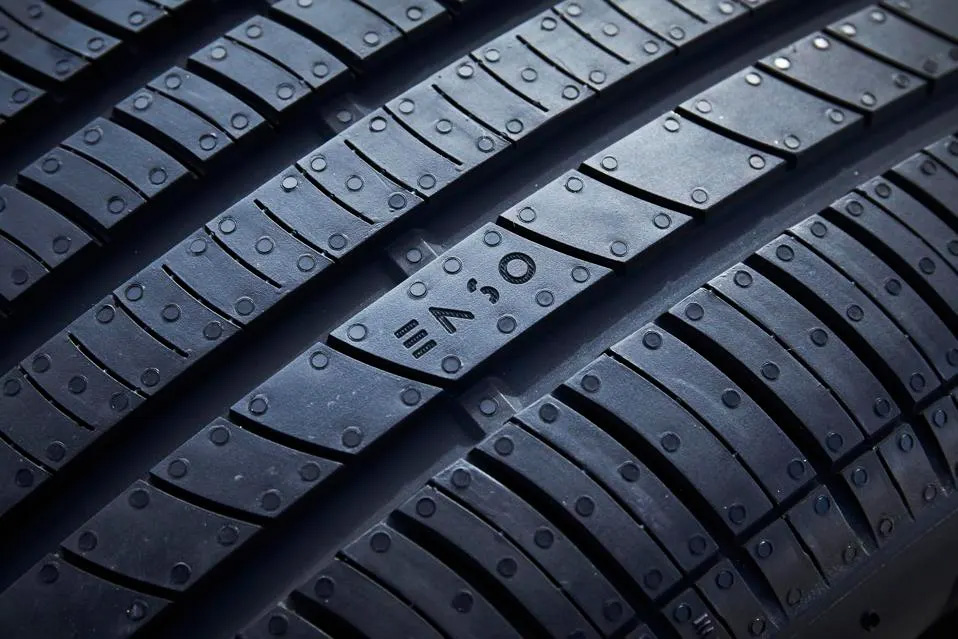
Tesla’s vertically integrated model is cited as a potential solution for the tire industry. With EVs, the variety of tire sizes shrinks, and consumers naturally gravitate toward the most efficient option. This simplifies the market but puts pressure on unit prices. ENSO was designed to operate in this environment, selling directly to customers while maintaining profitability.
ENSO tires cost about 10% less than benchmark tires while offering better range and reducing pollution. The company plans to expand into California, targeting taxi and delivery fleets first. In those fleets, switching to electric vehicles lowers all costs, except tires, which can increase by 30%. Optimizing tire usage thus becomes critical.
In the United States, no tire-efficiency labelling system exists. Tesla drivers’ only assurance is to have their tires replaced at a dealership. Without that, users can’t know if they’re getting an equivalent product, which can seriously affect range.
ENSO’s tests show a 35% reduction in wear compared to standard tires, putting their performance above today’s average. Erlendsson concludes that tire-related pollution is underestimated: PM2.5 and PM10 particles from tires are more prevalent than those from exhaust, yet regulations are almost non-existent. The future of tires must be built on innovation and sustainable business models: technical solutions already exist.



 En
En  Fr
Fr 